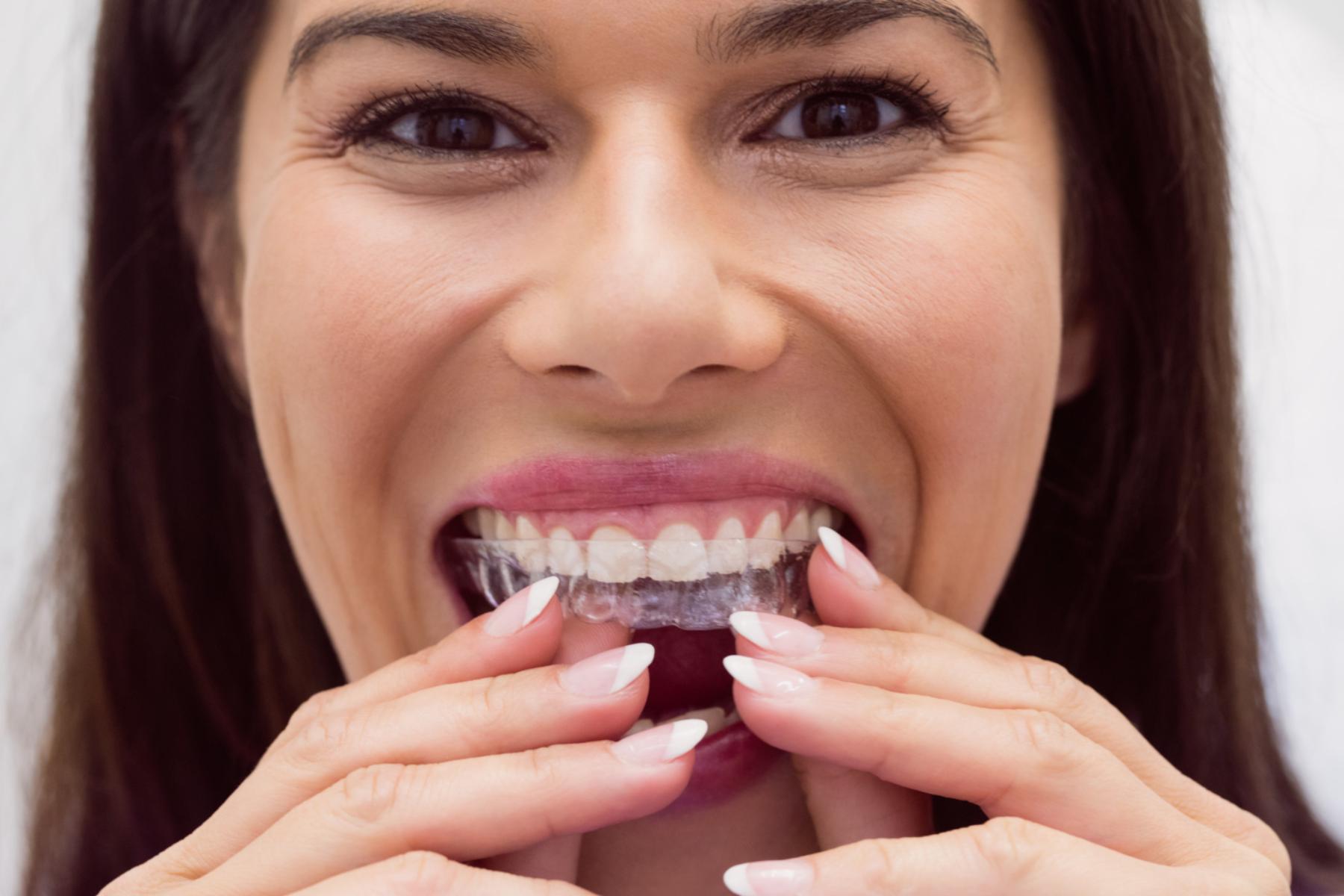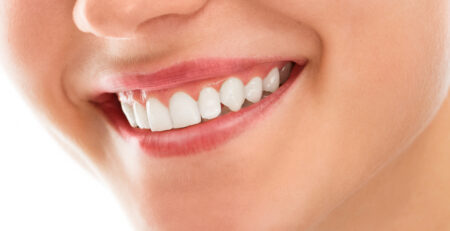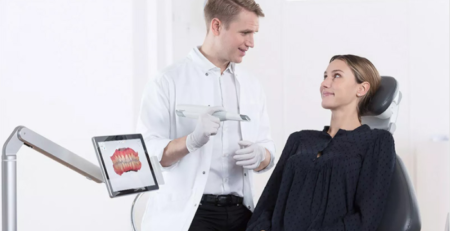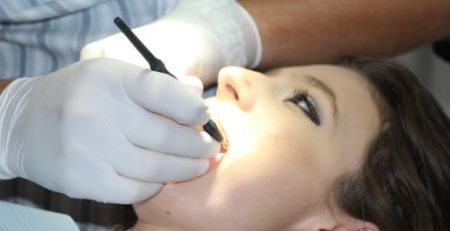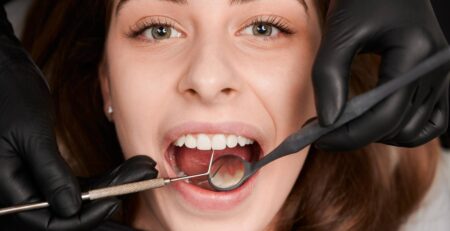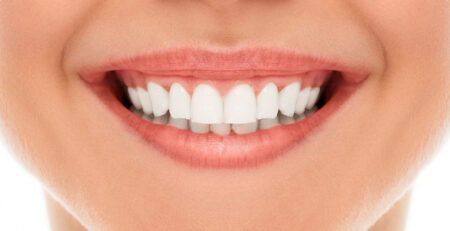Invisalign Guide & Buying Tips
A great smile doesn’t just boost confidence—it changes how a person feels every day. Invisalign has become a favorite for those who want straighter teeth without the metal brackets or wires. What many don’t realize is that there’s a lot more science and strategy behind these clear aligners than meets the eye. From the materials they’re made of to the way they’re worn, each step in the process matters in shaping that final perfect grin.
Material Choices That Influence Comfort and Strength
The foundation of every aligner lies in its material. Invisalign uses a type of thermoplastic that balances flexibility with firmness, allowing it to gently guide teeth into place without cracking or deforming under pressure. The right material needs to feel smooth against gums and resist staining while staying transparent for months of wear.
But not all plastics are equal. High-grade polymers can maintain consistent force throughout the day, which makes a big difference in both comfort and treatment speed. The flexibility of the material also affects speech clarity—stiffer aligners may straighten teeth faster, but slightly softer materials are often easier to talk and eat with, especially in the early adjustment period.
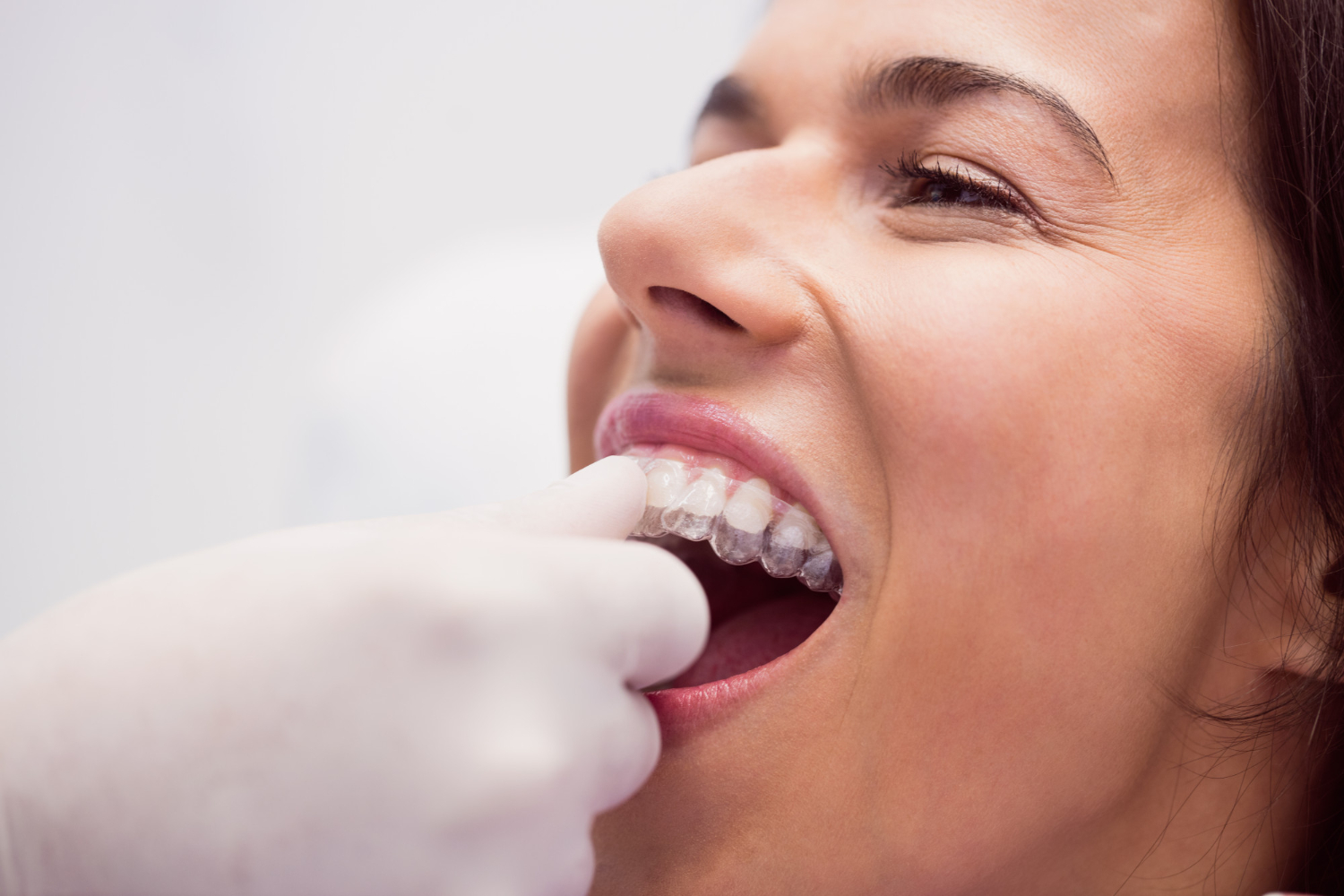
Attachment Design’s Impact on Aligner Grip
Attachments, those tiny tooth-colored bumps bonded to specific teeth, play a huge role in how aligners work. They act as anchors that help guide tooth movement more precisely and prevent slipping. Their shape and placement determine how efficiently each aligner can apply pressure, especially for rotations and vertical movements.
A well-designed attachment system ensures that the aligner maintains its grip without discomfort. If they’re too bulky, it can make insertion awkward or rub against the cheeks. Skilled orthodontists customize these attachments to match each patient’s anatomy, so even subtle adjustments in shape can improve the aligner’s hold and reduce unnecessary irritation.
Force Sequencing and Tooth Movement Strategy
Tooth movement isn’t random—it follows a planned sequence based on biology. Each Invisalign tray applies a calculated amount of pressure to certain teeth in a specific order. This sequencing minimizes pain and reduces the risk of root damage. Aligners that move too many teeth at once can strain gums or create instability in bite alignment.
Strategic force distribution also speeds up results. The goal is steady progress rather than aggressive shifts. By prioritizing certain movements first—like aligning front teeth before closing gaps—orthodontists can shape an efficient roadmap. The result is a smoother transformation that feels gradual and natural instead of forced.
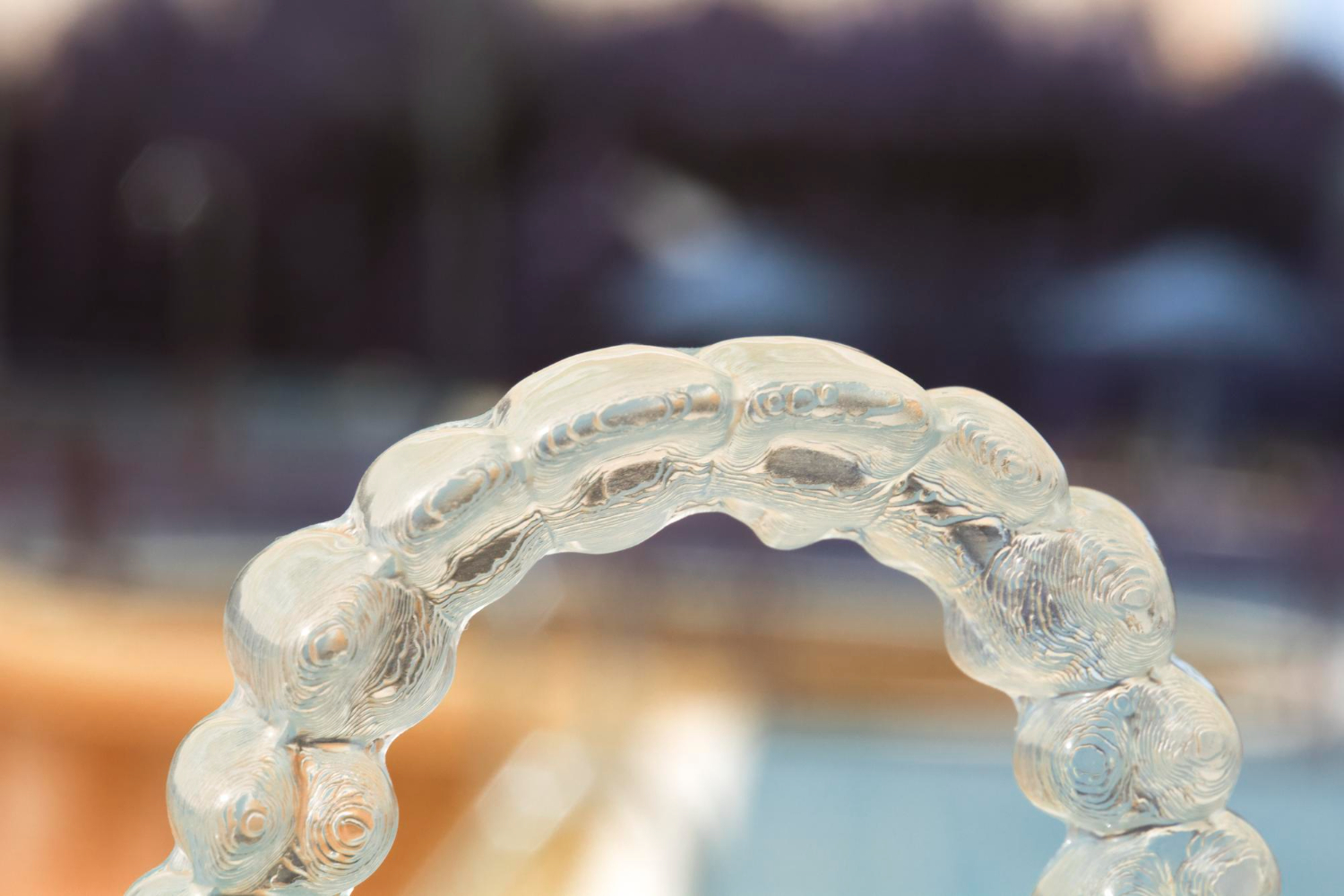
Scanning Accuracy Shaping Aligner Fit
The digital scan used to create your aligners determines how well they fit. Advanced scanners capture detailed 3D images of teeth, gums, and bite positions. A single error in that scan can lead to poor-fitting trays that cause soreness or fail to move teeth as planned.
Precision scans ensure aligners sit flush with the tooth surface, improving comfort and appearance. The more accurate the data, the better the alignment path. This is why choosing a clinic with updated scanning technology matters—modern imaging captures thousands of data points per second, producing aligners that fit like a second skin.
Wear Scheduling Matching Biological Response
Invisalign works by applying consistent, gentle force. The schedule of when and how long aligners are worn directly affects the biological response of the teeth and supporting bone. Most patients wear each tray for one to two weeks, giving tissues enough time to adapt before the next stage begins.
Sticking to the prescribed schedule helps maintain momentum. Changing trays too soon can cause soreness, while waiting too long slows progress. Consistency is key—steady wear encourages predictable bone remodeling, leading to more stable results and less relapse once treatment ends.
Compliance Tracking and Progress Verification
Modern aligners can include subtle indicators that show whether they’re being worn enough. Some contain small colored dots that fade with consistent use, giving patients and orthodontists a visual cue. This makes tracking easier, especially for teens or busy adults who might forget to wear them full-time.
Beyond indicators, orthodontists verify progress through digital tracking. Using software, they can compare the current tooth positions with the predicted movement model. This technology-driven approach ensures that every stage is on target and allows professionals to tweak plans before problems escalate.
Mid-treatment Checks to Catch Misalignments Early
Even with precise design, teeth sometimes move differently than expected. Regular mid-treatment evaluations catch these small deviations early. During these checkups, orthodontists assess fit, tooth movement, and patient comfort to ensure the aligners are doing their job effectively.
If issues arise, adjustments can be made without restarting the process. Sometimes, a few new trays are created to refine the next phase of alignment. These proactive visits prevent long delays and help maintain motivation by showing visible progress. Skipping mid-treatment appointments often leads to longer timelines and less predictable results.
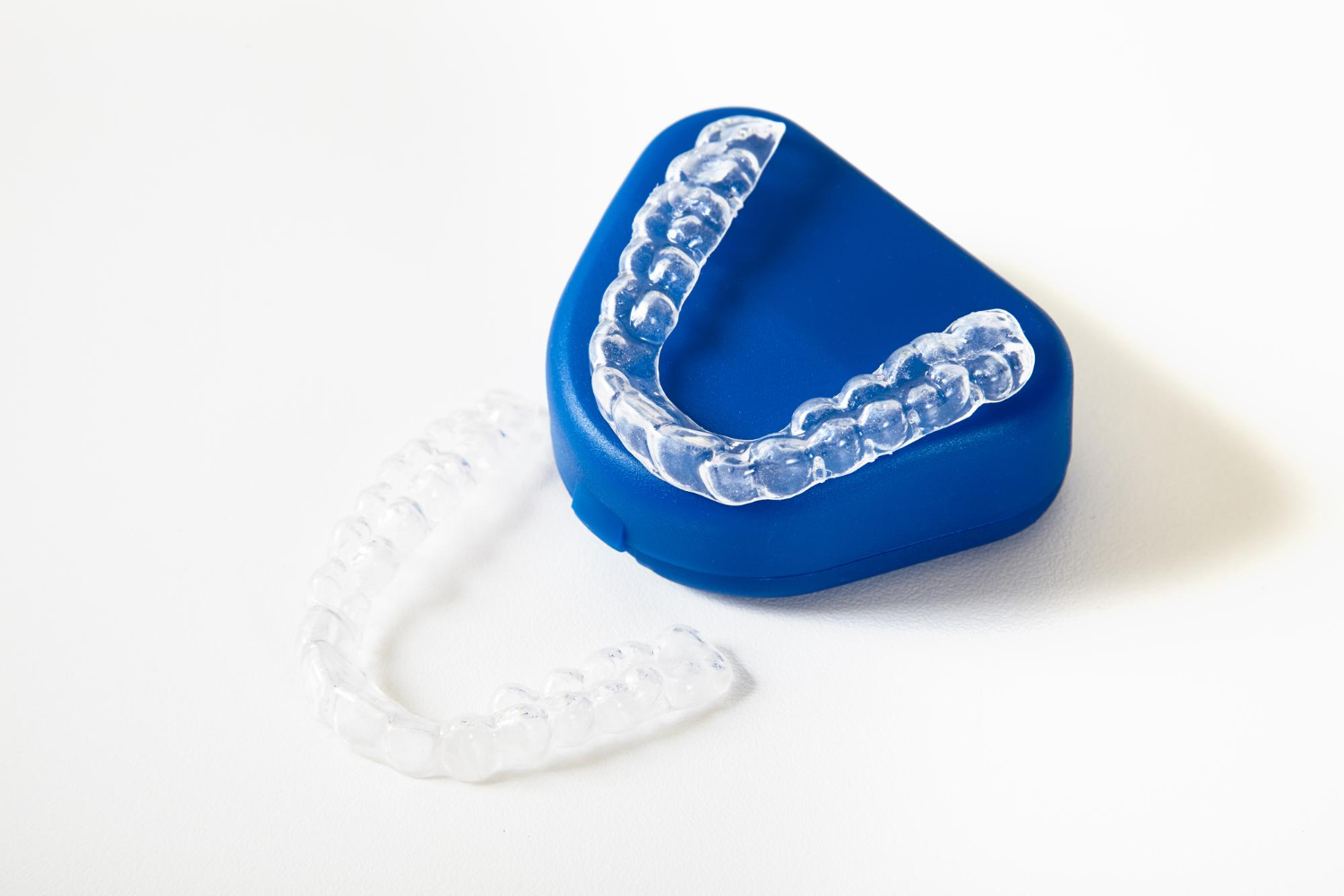
Retention Phase Planning to Lock in Results
Finishing Invisalign treatment doesn’t mean the job is over. Teeth have a natural tendency to shift back toward their old positions. That’s where retention planning comes in. Retainers—custom-molded to your new smile—keep everything in place while the bone and tissue fully adapt.
Good retention plans include regular follow-ups and a balance between day and night wear. Retainers might seem like an afterthought, but they’re the insurance policy that protects months or years of work. Patients who take retention seriously often maintain perfect alignment for decades.
Experience a Smile Transformation That Feels Effortless with Lumina Dental
A truly remarkable smile goes beyond straight teeth—it’s about comfort, confidence, and a plan tailored to fit your life. At Lumina Dental, every Invisalign treatment is designed around precision and personalization, ensuring that each aligner works seamlessly with your natural bite and lifestyle. Our team uses advanced digital scans, detailed progress tracking, and ongoing adjustments that keep every stage on course. The result is a treatment that feels smoother, faster, and more comfortable than you’d expect.
Patients at Lumina Dental appreciate the blend of expertise and attention that turns orthodontic care into an easy, rewarding experience. From the first consultation to the final retainer fitting, every step focuses on long-term stability and natural results. Our clinic’s commitment to individualized care means no two smiles follow the same path—each one is shaped with thoughtful planning and the latest in aligner technology. Contact us today to discover how Lumina Dental can make your Invisalign journey as effortless as your new, confident smile.

